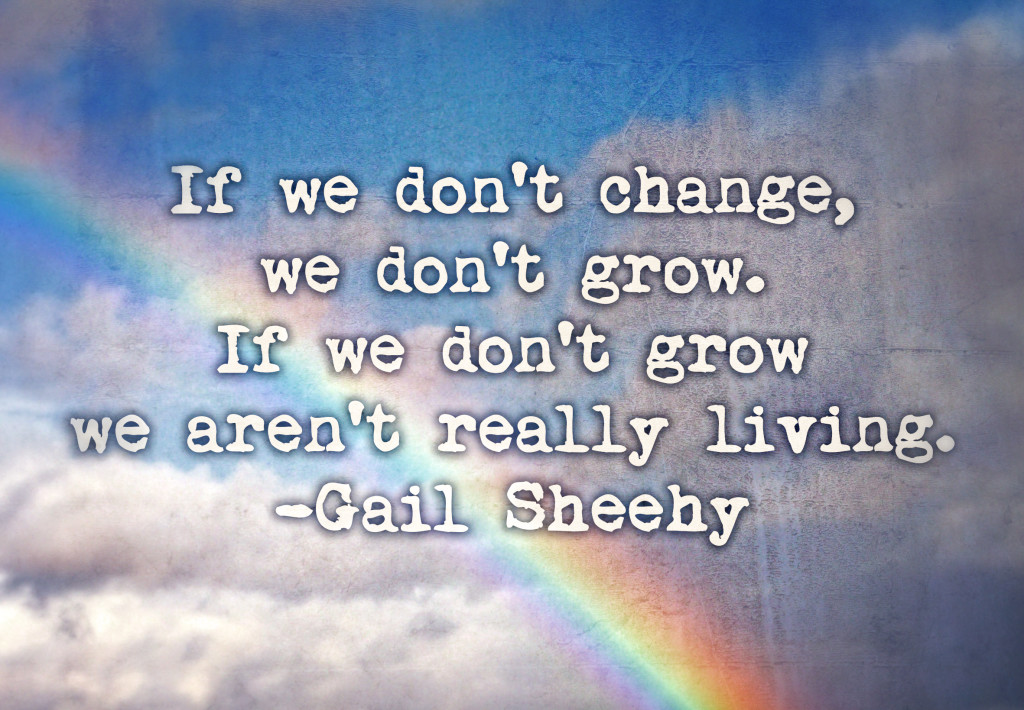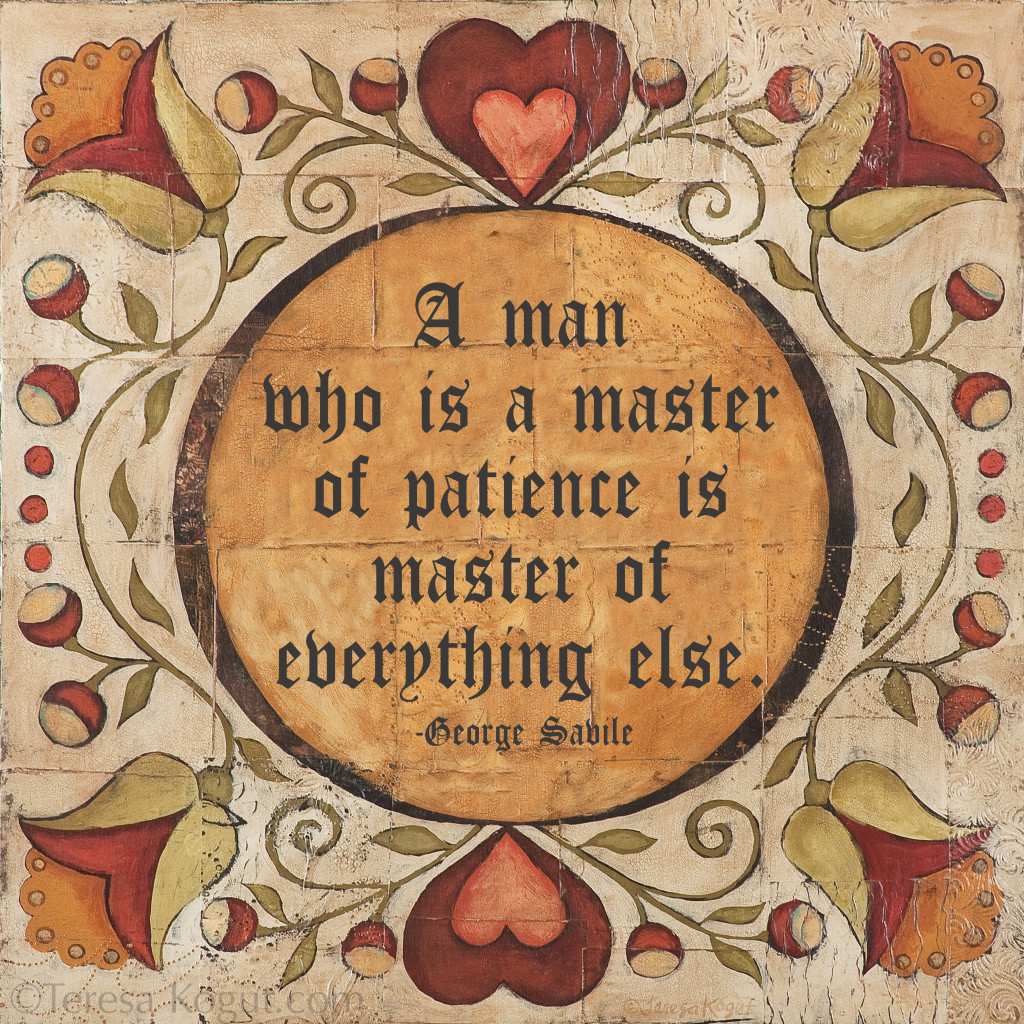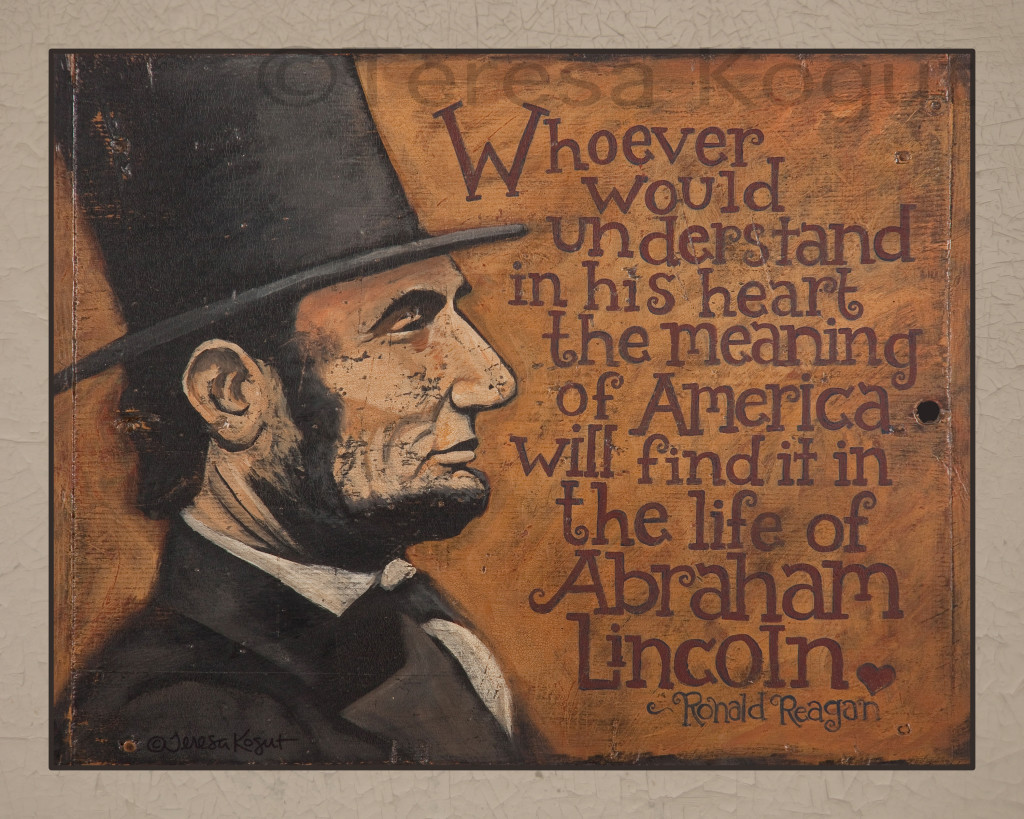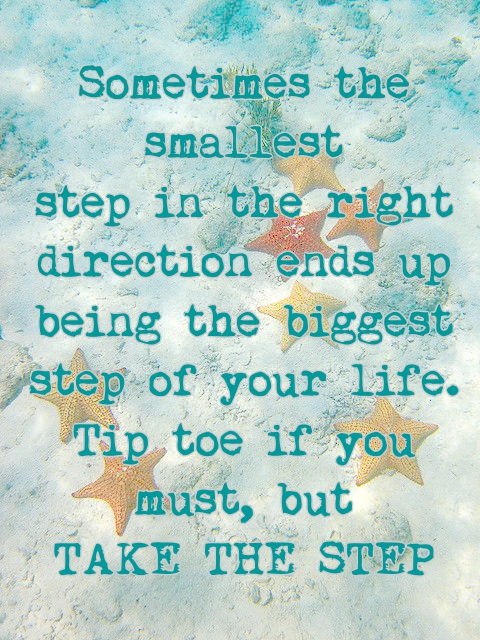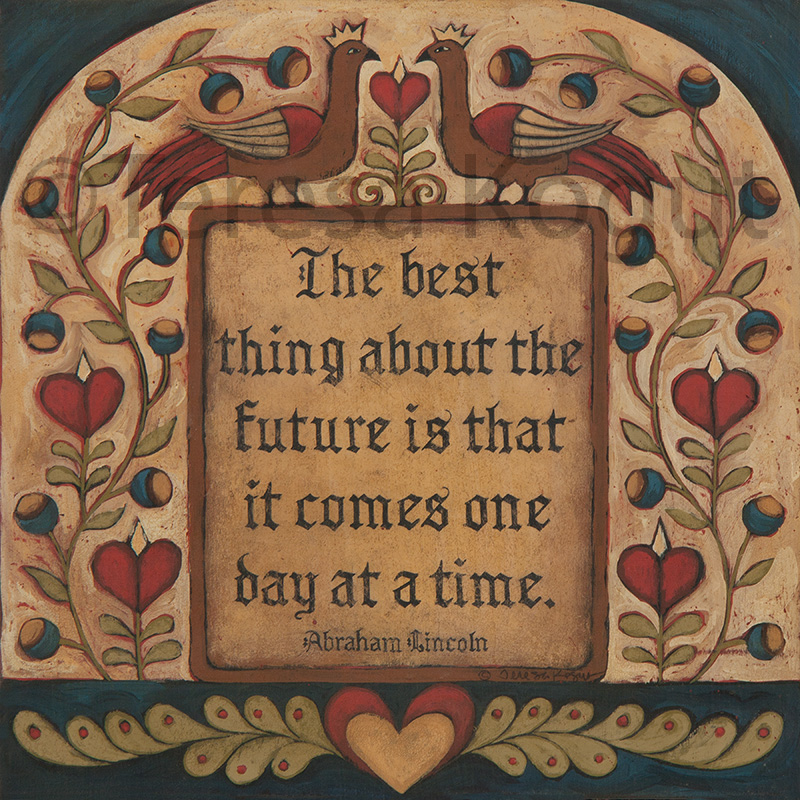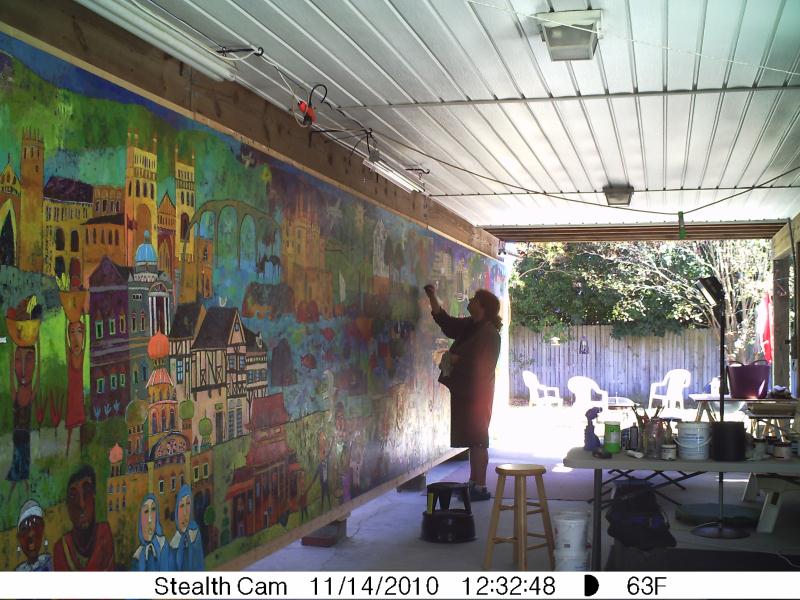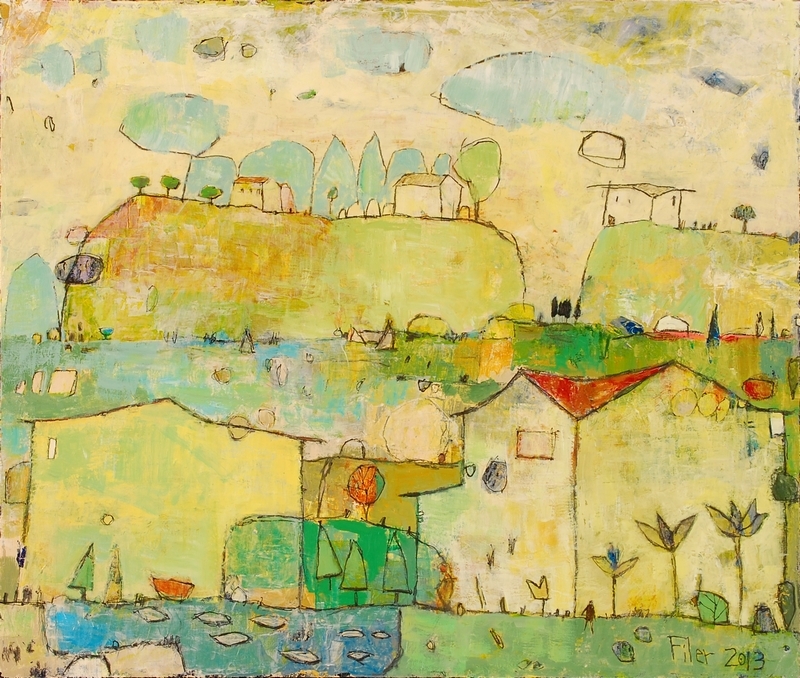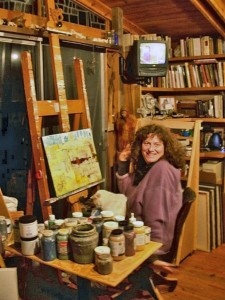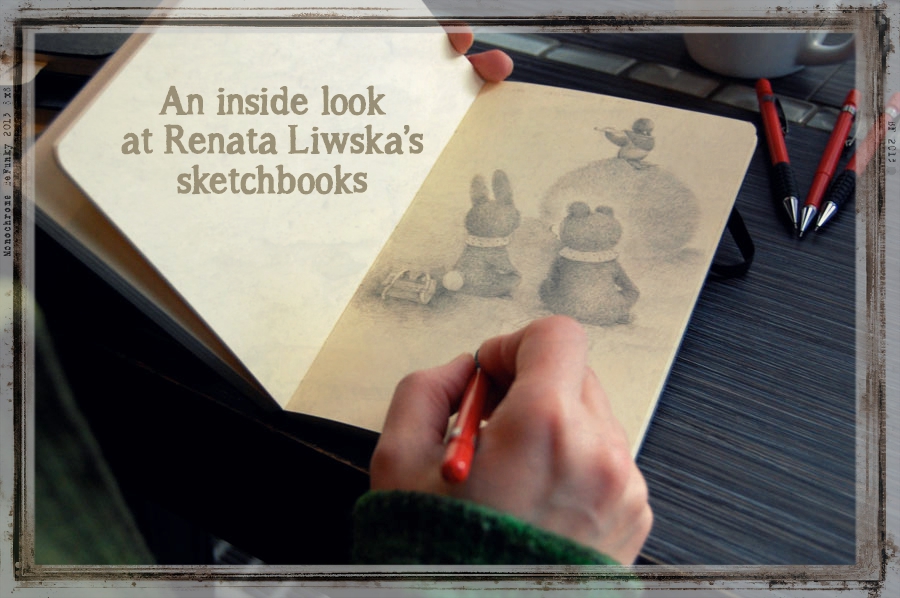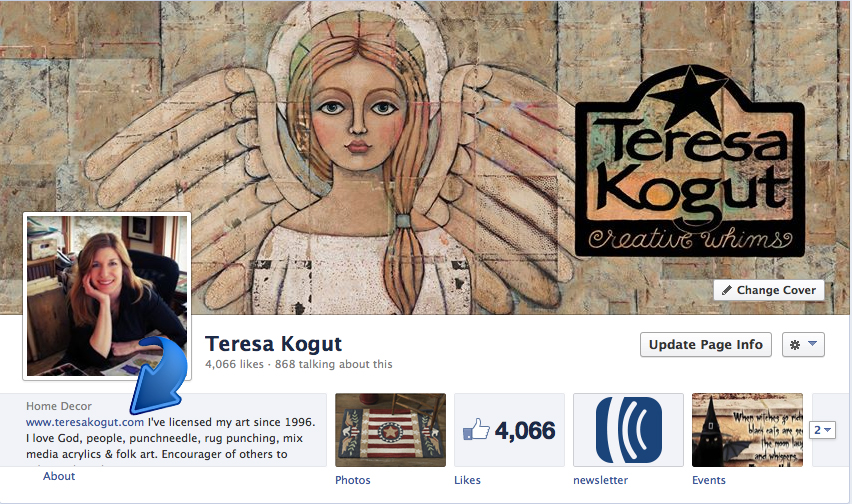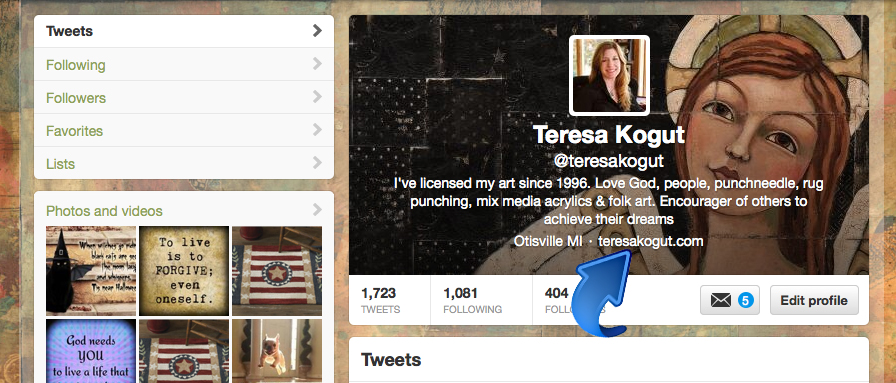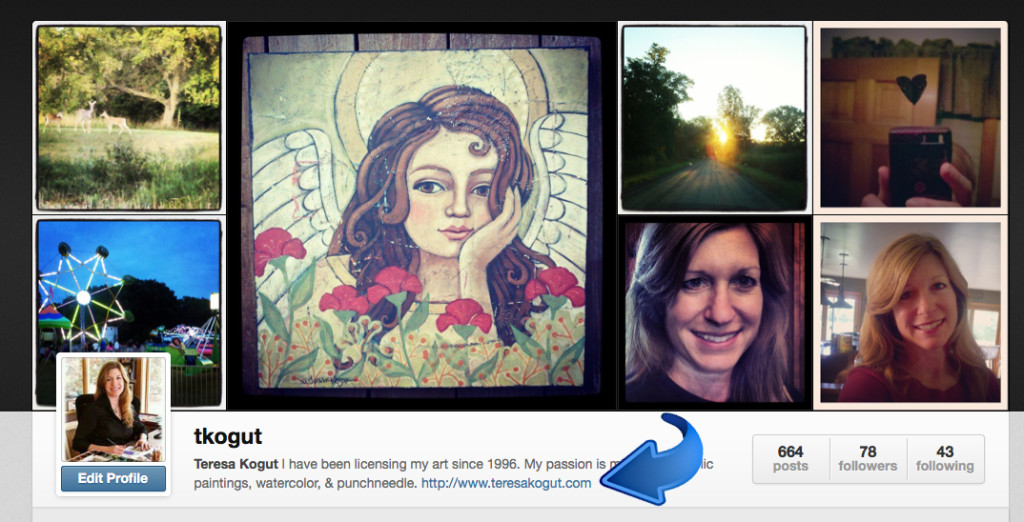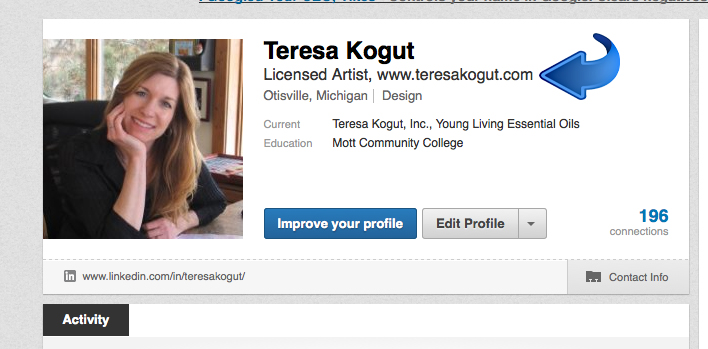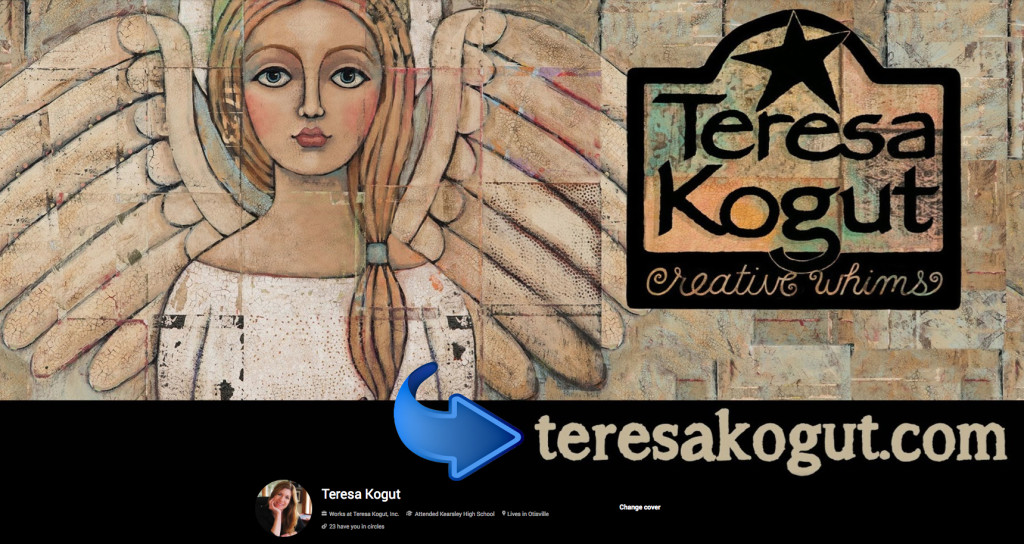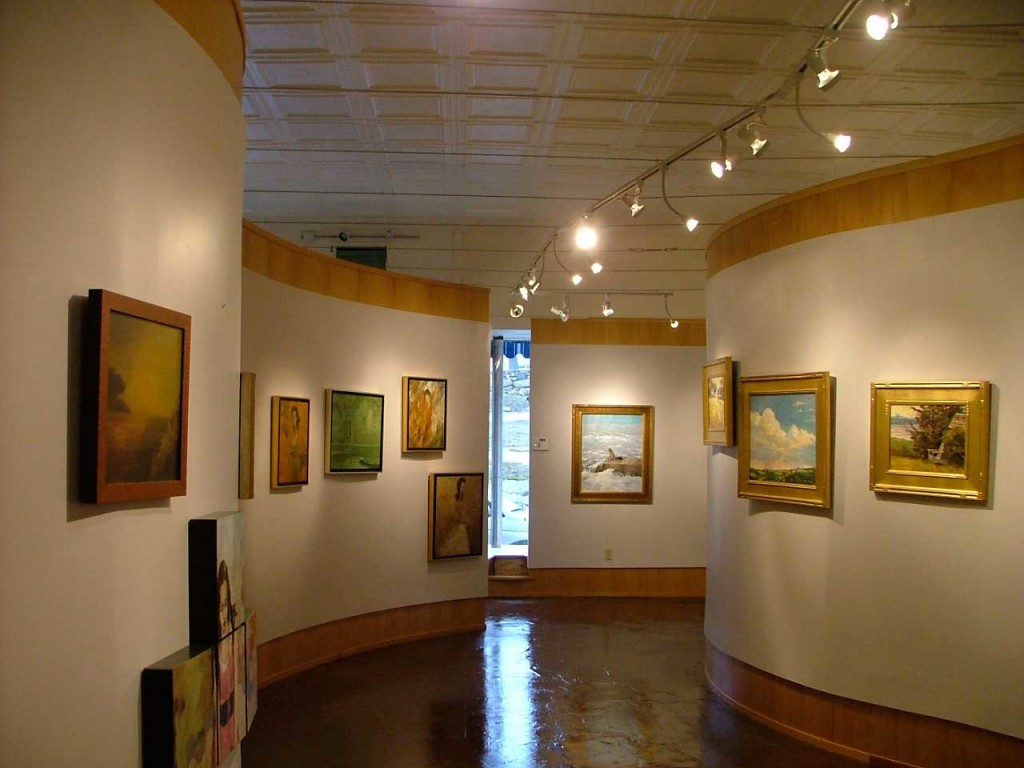
Allen David Fine Art Gallery
As I have written in previous articles, there are many ways an artist can earn income with their art; art shows, gallery exhibitions, licensing, Etsy Shop and so on. We’d be hard-pressed to find two artists that arrived at success in the exact same way. Our path is as unique as we are and sharing our stories can help and inspire others.
Last week’s article about Jane Filer inspired me to do some research in order to find out how an artist gets an exhibition or showing at an art gallery. I have never had a gallery showing myself so I did some digging and found two articles with great advice and tips for artists that are looking to sell their art in this fashion.
________________________________________________________
The first article is from Fine Art Views.
12 Steps to Get Your Artwork Noticed by Galleries
by Clint Watson on 12/14/2007 12:56:04 PM
This Post is by Clint Watson, former art gallery owner/salesperson/director and founder of FineArtViews.
Here at FineArtViews, one of the most common questions artists ask is “How do I go about getting gallery representation?” Today we’re going to tell you how to go about it in a way that will get a gallery’s attention…and get your artwork noticed.
About Art Galleries
First some background: having formerly owned an art gallery, let us give you a bit of insight regarding running a gallery.
Our gallery advertised quite a bit and had a good reputation for treating artists fairly and for paying promptly, so, naturally we received quite a lot of portfolio submissions. While we have no hard numbers for you, there were times that it could have been as many as 20 per week. That may not sound like much, but trust me, running a gallery is a LOT of work. There are paintings to unpack, shows to hang, paperwork to do, artist biography information to organize (and usually to write for the artist), phone calls to make, frames to order, advertisements to design, employee problems to deal with….and when you’re not doing all of those tasks – you’re either with customers or on the phone trying to get more customers. So at 20 a week, they pile up pretty fast…that would be over 100 after just one month!
Why Portfolios Get Ignored
So what happens? New artist portfolios are thrown aside into stacks – while they are important, they’re not URGENT. And if something is not urgent, then other tasks tend to take priority.
By the way, a lot of commentators will tell you the answer to getting noticed is sending in very professionally prepared portfolios. It’s not. Being professional is always a good thing, but, frankly, we didn’t care what the portfolio looked like. An envelope full of snapshots was fine (slides were even better) because the determining factor for acceptance was the artwork itself….not the presentation of the portfolio. The nicely prepared portfolios got ignored just as much as the sloppy ones.
And here’s what makes the situation even worse – if you call ahead about your portfolio, you’re just interrupting someone with all those other tasks to do – so that’s not really a good idea. If you just “walk in” with your paintings…..well you are taking a real risk if you don’t have an appointment. Most gallery owners are not just sitting around waiting for you to walk in with your art. Think about it. Let’s say you had a deadline to finish several paintings for a show by the end of this week. So you’re painting, painting, perhaps dealing with a few other issues, but, for the most part, you have your entire week’s agenda already set. Now let’s say right when you were finishing the most important work….you’ve just gotten into the “zone”, when into your studio, unannounced, walks your framer. He has a stack of 20 new frame designs and wants to spend the next 3 hours showing them to you, discussing them with you, he even offers to take you to lunch.
You’re likely to be a bit miffed – why didn’t he call ahead and make an appointment? You’re busy! That’s exactly what it was like when we saw an unannounced artist coming into the gallery loaded down with artwork to show us. We’re certainly not advocating rudeness, there’s no call ever to be rude . . . but perhaps you can see why it sometimes happens…..and why you shouldn’t just walk in unannounced.
Summarizing the Problem
So, let’s sum up:
- If you simply send in a portfolio, it may get ignored, at least for a long time.
- If you call ahead, you likely will be seen as a time waster…after all you’re not buying art and the gallery has never seen your work.
- If you just walk in – you’re risking interrupting or upsetting someone….at the very least, you’ll put the person in the wrong frame of mind to look at your work!
- Email is unlikely to upset anyone, but it’s really super easy to ignore and hit “delete.”
Hmmm. The situation looks pretty dire…so what should you do?
Referrals are King
Looking back, however, there were a few times when a new artist got our full attention right off the bat. In fact, we were even looking forward to seeing the artist’s work.
Here’s what happened. First, we would receive a call from one of the artists we already worked with. Often, this would be just your standard business type call, updates on new artwork, reviewing sales figures, discussing clients etc. But sometime during that call the artist would say, “You know, Clint, I’m not sure why I haven’t thought of it before, but there’s another artist I know who I really think you should look at. She’s extremely talented and I think you would sell her work well.”
Now that gets a gallery owners attention. Talented and sells well…what more could we ask for? So, of course, we would ask for more details and usually end up expecting a portfolio in the mail. You can bet when that portfolio arrived that it was opened and reviewed immediately. Not only were we excited about it and expecting it, but we had made a commitment to our existing artist that we would review it and, no doubt word would get back to him if we didn’t act upon the portfolio promptly.
We certainly didn’t accept every artist who was referred in this way….but we did accept a very high percentage of them….much, much higher than “general” portfolio submissions.
It seems that the answer to “marketing” to galleries is just like marketing to customers – word-of-mouth and referrals are king.
12 Steps To Get Your Artwork Noticed by Galleries
1. Identify your target galleries. Do NOT just send your portfolio to every gallery you see advertised. Look in magazines, look online and identify several galleries that might be possibilities. Each gallery you decide to target should meet the following criteria
a) sell the medium(s) that you work in (photographers should not approach galleries that sell only paintings)
b) represent artworks styles that will draw buyers who would also be interested in your style (abstract artists should not approach realism galleries)
c) Must be reputable – you may have to ask artist friends and do some digging to determine this.
d) Should promote themselves and have obvious strategies for generating leads. This may be magazine advertising but could also be having a high-traffic location, a targeted direct mail campaign, or even email campaigns. This may be difficult to determine in advance, but you will see advertisements and other artists may know how a given gallery generates leads.
After you’ve identified your target galleries, you…..
2. Honestly assess the level and quality of your artwork and the artwork carried by your target galleries. Is you goal realistic? Are you targeting a gallery who represents master painters and you’ve been painting for a total of six months? This is a difficult step, but you definitely need to target galleries who are at the same “level” as you. We’re not saying not to be ambitious, but at our gallery we represented very fine and respected artists and regularly turned away artists who hadn’t yet mastered drawing, perspective, color mixing, etc.
Once you’re comfortable that you’re ready to show in your target galleries….
3. Go through each gallery’s roster of artists looking for artists whom you personally know. If you really are at the same “level” as the artists in your target galleries, chances are you will have at least met some of them.
4. If you don’t know anyone represented by any of the galleries, you probably need to do some networking and meet more people. You could also try sending a letter to some of the artists you respect and ask them if they would critique your work – (you should probably offer to pay for the critique). You might be able to take workshops with some of them (that’s a great way to meet master artists and get your work noticed). You might know someone who knows them. You’ll do better by giving something first, perhaps a collector of your work would like one of the other artists works. Call the artist and tell him you have a collector who might be intersted in his work and make a referral…..an artist will remember someone who sends him a possible sale!
5. Ask your artist friend about the target gallery. Once you’ve identified some artists whom you know and/or have developed relationships with you’re ready to continue your quest. Ask your friend what it is like to work with such and such gallery. Do they pay promptly? If you start hearing positive things then . . . .
6. Ask your artist friend if the gallery would like your work. Just ask. This is someone who knows you and the gallery….they’ll give you an honest answer. It will be easier to accept hear the truth from your friend than it will be to get a rejection letter from the gallery. (You can still approach the gallery even if your friend doesn’t think you should, you just won’t have the advantage of the referral).
7. Ask your friend if they would tell the gallery about your work. (Only if they were positive in step 6). If your friend agrees . . .
8. Check the gallery’s exhibition calendar. Identify a time when they are not overwhelmed with some huge show. Your friend will probably know what timing is best. When the time arrives. . .
9. Have the friend call the gallery and casually mention you and your work. This will peak the gallery owner’s interest about you. The goal of this call should be for your friend to let the gallery owner know that you’ll be sending a portfolio and following up with a phone call.
10. If possible, have your friend send the portfolio. Simply give the portfolio to your friend, ask him to write on a post-it note “this is the artist I told you about” and send it. (Make sure you pay for postage). This way the portfolio will have your friend’s name on the outside, and will get opened more promptly….this step is optional because the gallery should be expecting your portfolio at this point, so just send it yourself if it will be an imposition to ask your friend.
11. After the portfolio arrives at the gallery you will probably get a phone call. You’ve “primed the pump” and the gallery will likely feel obligated to at least give you call. If you don’t get a call after about a week, then you need to call them and make sure they actually received the portfolio, let them know that you are the artist that “so-and-so told you about….”
12. At this point a dialog should open with the gallery. They may still turn down your work, but your discussions will be relaxed, casual and friendly. If they do turn you down, ask them if they know of any other galleries where your work might be a better fit. (We often provided other gallery names because it is difficult to “reject” someone and we did truly want to be helpful. We’ve had many artists thank us for pointing them to other galleries who accepted their work….and that is gratifying).
Is this too much work? No. Every career is a lot of work and being an artist is no different. If your career is worth it, then the work is worth it.
PS – Here are two alternative methods that also work for getting a gallery’s attention:
1. Enter a juried show that will be hosted by one of your target galleries. You will get your work seen by the gallery owners and get to meet them at the reception. (Of course, this only works if you get into the show).
2. If the gallery has a frame shop, then go get one of your paintings framed. This is a “sneaky” way to get them to see your artwork….it would be very natural at that point to casaully say something like, “This is my work….do you guys think it might fit in with your gallery? If so, I would be happy to send you a portfolio.” (Of course, you’ll have to be willing to pay for a frame for this tactic).
PPS – If you absolutely don’t know any of the artists in your target galleries, there are no juried shows in your galleries, and framing is not an option….by all means feel free to send unsolicited portfolios….at least now you know what the downside is….but artists do sometimes get discovered this way!
________________________________________________________
This next article is from The Abundant Artist.
Approaching a Gallery
If you’re looking for a gallery to show your artwork, check out those you are interested in before making an approach.
- Does the gallery exhibit artwork like yours? The chances are pretty good that if a gallery shows work in a particular style or format, that’s its mandate. Check it out. Look at the gallery’s website. Make an appointment to talk to the owner or salesperson and find out what she’s interested in. Or call her or send her an email. If you make miniature portraits in oil and all the artwork on exhibition is large-format abstract acrylics, this gallery may not be the right one for you. I’ve had artists listen apparently carefully to me saying that the art in my gallery in some way must express the Grasslands experience because that is what my customers are looking for, then send me graduation photo portraits or abstractions of florist bouquets. The gallery staff know their market. They are giving you good information. Pay attention to it!
- Does the gallery exhibit artwork by artists at your stage of development? If you are new at your craft and still working out what form you are most interested in, and the gallery you have your heart set on shows senior artists with a pre-existing following, save that gallery for later in your career and look for one that wants to develop new artists.
- Is the gallery actually accepting submissions? Galleries go through different stages just like artists. Sometimes they can take on new people and sometimes they can’t. Find out.
- Do you like this gallery and its staff? If you are lukewarm or unsure, try somewhere else. You have lots of choices. Begin as you mean to go on!
- Does the gallery have a good reputation with other artists? Ask the other artists! Remember though, that personality affects relationship. It’s a good idea to filter what you hear through your knowledge of your own personality and expectations.
Submitting Artwork to a Gallery
Once you’ve established that a gallery is interested in seeing your work, there are a number of ways this can happen. Ask what the gallery prefers. Do the staff want to see your work in person, do they prefer emailed images, do they want you to drop off a disc? Whatever the gallery’s chosen format is, make sure the work you submit shows you off brilliantly.
- Submit your best work. No pieces that didn’t quite turn out or that you’re actually a bit embarrassed about. Sometimes the gallery will see something in an awkward piece that you didn’t, but you can save these for later when the relationship has become one of understanding and trust.
- Show you can develop a theme until it sings. If you demonstrate that you have a real understanding of the way you have chosen to work, you will gain much more respect and attention than if you express more superficial knowledge of several themes and forms.
- How many pieces? Brand new work or some older pieces too? It will vary with the gallery. Do you need to include anything other than artwork, such as a CV or invitations from previous shows? It depends on the gallery. Once again, the best way to find out is to ask. But if you’re showing artwork to a gallery whose primary purpose is selling, you should show them only pieces for sale now. There isn’t any point in getting the gallery excited about work they can’t have because it belongs to someone else. As far as previous exhibitions go, not every gallery will want to show art that wasn’t saleable somewhere else. Ask them!
- If the gallery prefers you to submit reproductions, make sure these are the best possible. Be fair to your art. No shaky shots taken in bad lighting that you need to explain about. No inaccurate color. No editing to make the art look better than it does in real life. If you aren’t a photographer, hire or find someone who is.
The Business Relationship
The relationship you have with a gallery is like any other relationship. It takes some work to make it grow. If you are going to show with a gallery, there are a few easy steps you can take to make the relationship successful so you can get as much reward from it as possible.
- Discuss everything. Assume nothing. Clarify. Ask questions. This doesn’t need to be done in an aggressive way; it’s just like finding out if your new friend prefers to go Dutch or wants to take turns picking up the tab – maybe a bit nervous-making, but definitely easier to get right in the first place than fix later.
- If you don’t know what to ask, here are some ideas. Not all of them will fit your particular circumstances. Just pick those that do.
- When will the work be shown? Who chooses the work to be shown? Who decides how and where it is to be hung?
- Who determines selling price? What is the gallery’s commission on sales? Does the gallery offer discounts, and under what circumstances? How often will you be paid?
- Who is responsible for costs associated with framing, shipping, or photography?
- How will the gallery promote you and your art? Who is responsible for costs or promotion? Are you expected/allowed to promote yourself also?
- Does the gallery want exclusive rights to your sales? In how big an area? For how long a term? How does any exclusivity agreement apply to artwork for sale by you on your own website?
- Will the gallery provide a contract outlining the answers to these questions? If not, can you write them down and discuss what you’ve written with the gallery, either in person or by email? If not, why not?
- The gallery has responsibilities to you. After all, you produce and provide the artwork that the gallery sells and that allows it to remain in business. The gallery is responsible to make the art available for sale; to promote sales according to its own policies and in your mutual interests; to pay you, in a timely fashion, the portion of selling price the two of you have agreed on; and to follow through on keeping its promises on any other terms you have established together.
You have responsibilities too. The gallery can help your art reach a larger audience and you a higher income level. If you meet your artistic responsibility in making the business partnership successful it can go on for a long time, benefiting both artist and exhibiting venue. What are your responsibilities? Some ideas:
- Honor your commitments.
- Deliver artwork and meet deadlines as promised.
- If the gallery asks for information or promotional material, such as images for the website, your bio or a story about your artwork or process, provide it, as professionally as you can.
- If your concept changes or develops as your career progresses, keep the gallery informed.
If you have new questions or concerns over time, state them. The gallery can’t provide what it doesn’t know you need. Assuming the worst and getting angry, or bad-mouthing the gallery to others, is unprofessional.
- At any juncture you may find out the answers you get aren’t those you were hoping for. This is where you can make discoveries about how much either you or the gallery is able to or wants to compromise. The decision-making process is called negotiation. Negotiation doesn’t need to be adversarial, and you don’t need to accept or reject every answer you are given. You might be surprised to find out that the gallery is willing to give a little in order to take a little. You might be surprised that you are also.
- However, if you discover that compromise isn’t possible, that the gallery can’t or won’t meet terms very important to you, you can make another decision. You can decide to try another gallery. You don’t need to accept any gallery’s terms if they just don’t work for you. Putting your art in a situation that isn’t appropriate for it or you doesn’t support either the art or your career. You might feel awkward ending the discussion and walking away, or frustrated that your hopes were encouraged and are now dashed. It’s still much better to do it now than when you are in a complicated and unproductive relationship you knew from the beginning wasn’t going to work. (Isn’t it funny that relationship advice is the same no matter what the relationship is?)
Persistence and Rejection
All artists experience rejection. Competition for galleries and exhibition spaces is strong, and your first try may not be your first successful one. High-quality artwork may not find its right place immediately, and this may have more to do with circumstance than with the art. If your artwork is rejected, send it out again to a different venue.
However, if you find that your exhibition submissions are rejected repeatedly, it may be time for some reassessment. The following questions may help.
- Are you realistic about what you are looking for?
- Are you approaching galleries that are right for your work?
- Are any images you are submitting to a gallery the best quality possible?
- Is any written work you’re providing clear, concise and understandable?
- Can the galleries or another artistic professional give you some feedback?
Remember that rejection can be very hard to accept, but it is hardly ever meant personally. Some amazing artwork has met with repeated rejection and still become successful – in the artist’s lifetime!
Life Brings Change
There are times when good relationships change, when both parties want something different. It’s no different between galleries and artists. Some changes can be adapted to and some can’t. If the change results from a misunderstanding, then a good first step is to try clearing up the misunderstanding. Ask more questions and try to hear the answers, then decide what you want to do.
But if the change is more permanent – either you or the gallery is going in a direction that means you no longer have the mutual interests you once did, maybe it’s time to move on. When that happens, honor the relationship you’ve had, make your intentions clear, and go where you need to go.
________________________________________________________
If a gallery showing is a dream of yours, this information will help get you off to a great start! I wish you much success. Keep in mind, there are hundreds of galleries in every state so my best advice is NEVER give up! It may be simply finding the right fit for your art.

Tell me, is a gallery showing one of your dreams?

